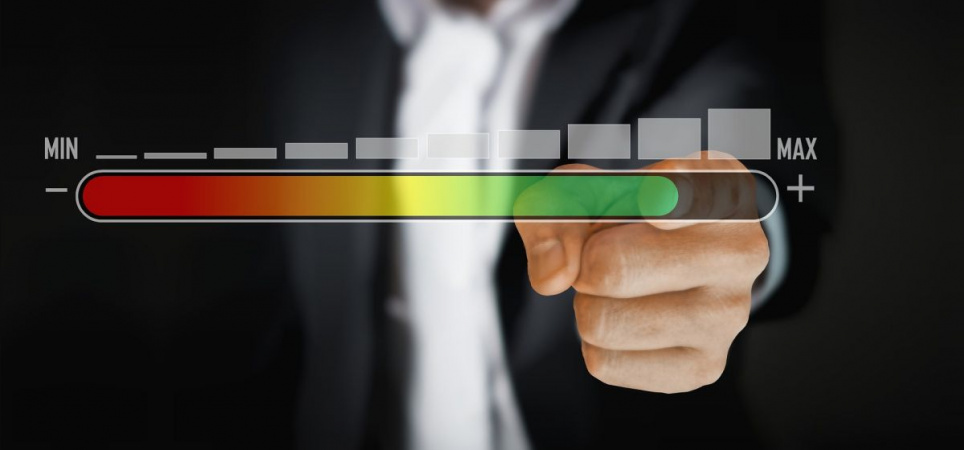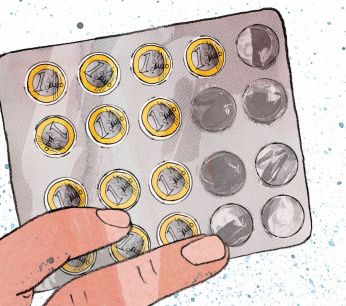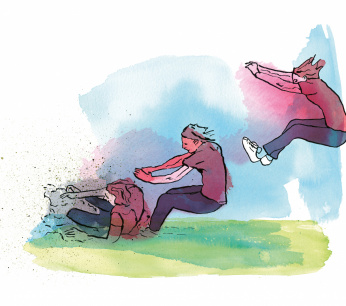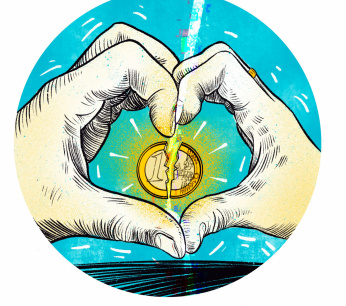Pabo is growing again, second-degree stable
More than nine thousand people registered for the PABO in mid-June. That is 11 percent more than last year. The counter for second-degree teacher training programs stands at almost six thousand applicants.

Image: Pixabay
The figures are even more indicative than other years. Corona makes the coffee grounds look at exactly what students will do after the summer. And the difference between the number of applicants and the actual entrants is large.
Daily rates
The enrollment figures in higher education are like daily rates. Application deadline was 1 June this year. According to the Association of Universities of Applied Sciences (VH), which publishes figures, the numbers say at most something about expected growth or contraction per sector. For all higher professional education programs in the 'education sector', she records a growth of 5 percent compared to last year.
At the request of the Education Magazine, the VH will split the figures further. The teacher training colleges are doing well with more than 900 applicants more than last year by mid-June: that is 10 percent more. The part-time course grows fastest again.
Pabo registrants the 15th of June 2020:
| 2019 | 2020 | Verschil | |
| Full time | 6415 | 6956 | 8 percent |
| Part time | 1922 | 2279 | 19 percent |
| Dual | 317 | 326 | 3 percent |
| Total | 8654 | 9561 | 11 percent |
Becoming a teacher in secondary education is less popular. The number of students in second-degree teacher training courses fell sharply in 2019-2020. This seems to be stabilizing in the coming academic year.
Applicants for second-degree teacher training on June 15, 2020:
| 2019 | 2020 | Verschil | |
| Full time | 4467 | 4444 | -1 percent |
| Part time | 1627 | 1624 | 0 percent |
| Dual | 23 | 20 | -13 percent |
| Total | 6117 | 6088 | 0 percent |
Pabos lose 8 percent
After some insistence, the Association of Universities of Applied Sciences organizes its data in such a way that the registrations, except for a single duplication or missed person, are comparable to the official intake after the summer holidays. What is striking is that the teacher training college loses people somewhere along the way. On average, 8 percent fewer students start the teacher training college than the number of people who register around this time.
Pabos:
| 2016 | 2017 | 2018 | 2019 | |
| Applicants mid-June | 6619 | 6788 | 7994 | 8540 |
| Enrollment on October 1 | 6077 | 6377 | 7158 | 7852 |
| Verschil | -8 percent | -6 percent | -10 percent | -8 percent |
Second-grade teacher training can expect more students: an average of 12 percent more than now.
Second-degree teacher training:
| 2016 | 2017 | 2018 | 2019 | |
| Applicants mid-June | 6619 | 6788 | 7994 | 8540 |
| Enrollment on October 1 | 7923 | 7897 | 7552 | 6860 |
| Verschil | 11 percent | 12 percent | 12 percent | 14 percent |
Because the PT uses different criteria for this comparison, the total number of applicants is not quite the same as the applicants in the first two tables.
If the PABO admission tests do not take place, people will be admitted conditionally
The admission tests can explain the negative difference for the teacher training college. If you don't get it, you can't start. Although that will play a less important role this year, says Eva Kloosterman, press officer of the Association of Universities of Applied Sciences: “We do not yet know whether everyone will have enough opportunities to take the admission test for the teacher training college. Those students will then be admitted conditionally. This will have a positive effect on the number of people who start the teacher training program this year. ” Teacher training courses for secondary education seem to attract many late decision-makers.
Fewer and fewer PABO graduates
An increase in the number of students says little about the number of qualified teachers in the future. The teacher training colleges, for example, are issuing fewer and fewer diplomas. In 2014, 4143 persons were still qualified as primary school teachers, in 2018 – the last year for which the VH has figures – there were 3602. Later entrants who follow a subsidized education path are not included in VH data.
Read more about higher education: Expensive international switching years under fire


